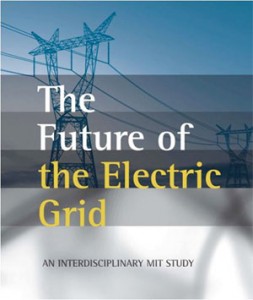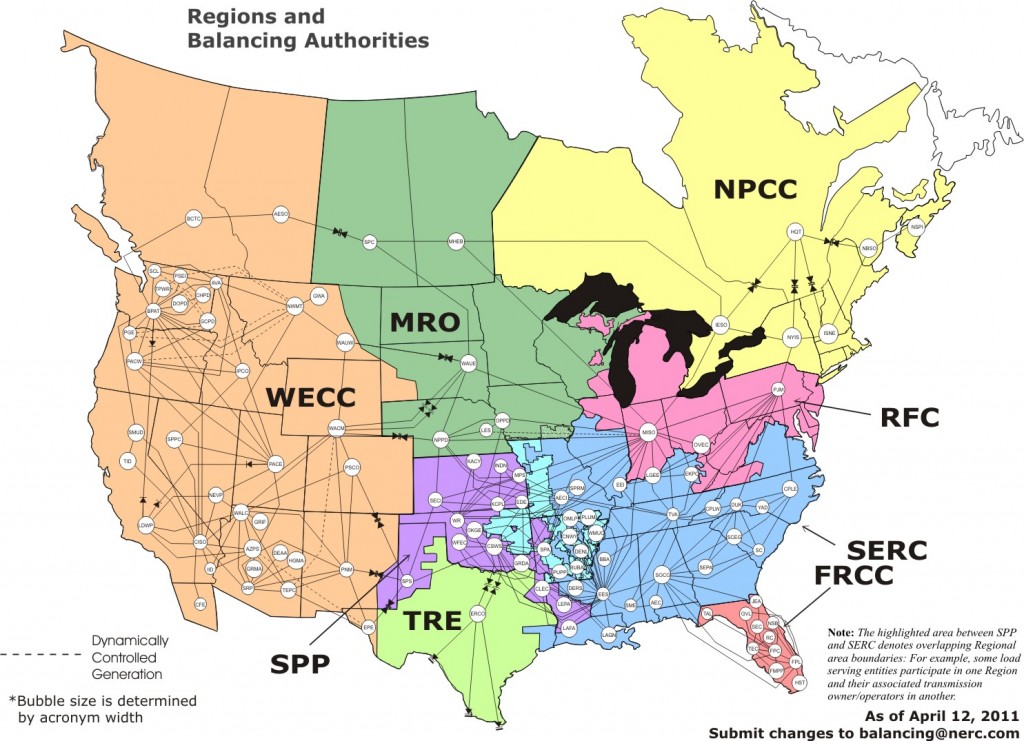 The Future of the Electric GridDec. 12, 2011 - glennmosier.com
Much of the report relates directly to developments in the San Diego region. Chapter 5 is about The Impact of Distributed Generation and Electric Vehicles. Chapter 8: Utility Regulation touches on the current challenge in San Diego to have a rate structure for distributed generation which is equitable for all parties. (From page 182 of the report), “The distortions caused by these implicit subsidies rise with the penetration of distributed generation and with energy conservation more generally. Consider, for example, proposed “zero net energy” buildings: if network costs continue to be recovered on a per-kWh basis, these customers could in theory receive all the benefits of being connected to the grid, drawing and injecting power on demand, while paying little or nothing toward the cost of the system or the option to use the network.” Of course, the opposite side of the issue is also compelling. Click here for the complete report and here for the abstract. The multidisciplinary effort of the MIT Energy Initiative to generate The Future of the Electric Grid included economists, engineers and, of course, graduate students from MIT and from without. Click here for an excellent video of the introductory presentation by the study c-chairs of the report. The last two sections of the report include a useful Glossary plus a list of Acronyms and Abbreviations.
|
 Grid research by MIT is a “must read” for San Diego. The
Future of the Electric Grid was published this
week by the MIT Energy Initiative. The 268 page report
aims to provide a comprehensive, objective portrait
of the U.S. electric grid and the challenges and
opportunities it is likely to face over the next
two decades. It also highlights a number of areas
in which policy changes, focused research and demonstration,
and the collection and sharing of important data
can facilitate meeting the challenges and seizing
the opportunities that the grid will face. The report
shows that with new policies, the electric grid in
the United States could handle the expected influx
of electric cars and wind and solar generation.
Grid research by MIT is a “must read” for San Diego. The
Future of the Electric Grid was published this
week by the MIT Energy Initiative. The 268 page report
aims to provide a comprehensive, objective portrait
of the U.S. electric grid and the challenges and
opportunities it is likely to face over the next
two decades. It also highlights a number of areas
in which policy changes, focused research and demonstration,
and the collection and sharing of important data
can facilitate meeting the challenges and seizing
the opportunities that the grid will face. The report
shows that with new policies, the electric grid in
the United States could handle the expected influx
of electric cars and wind and solar generation.